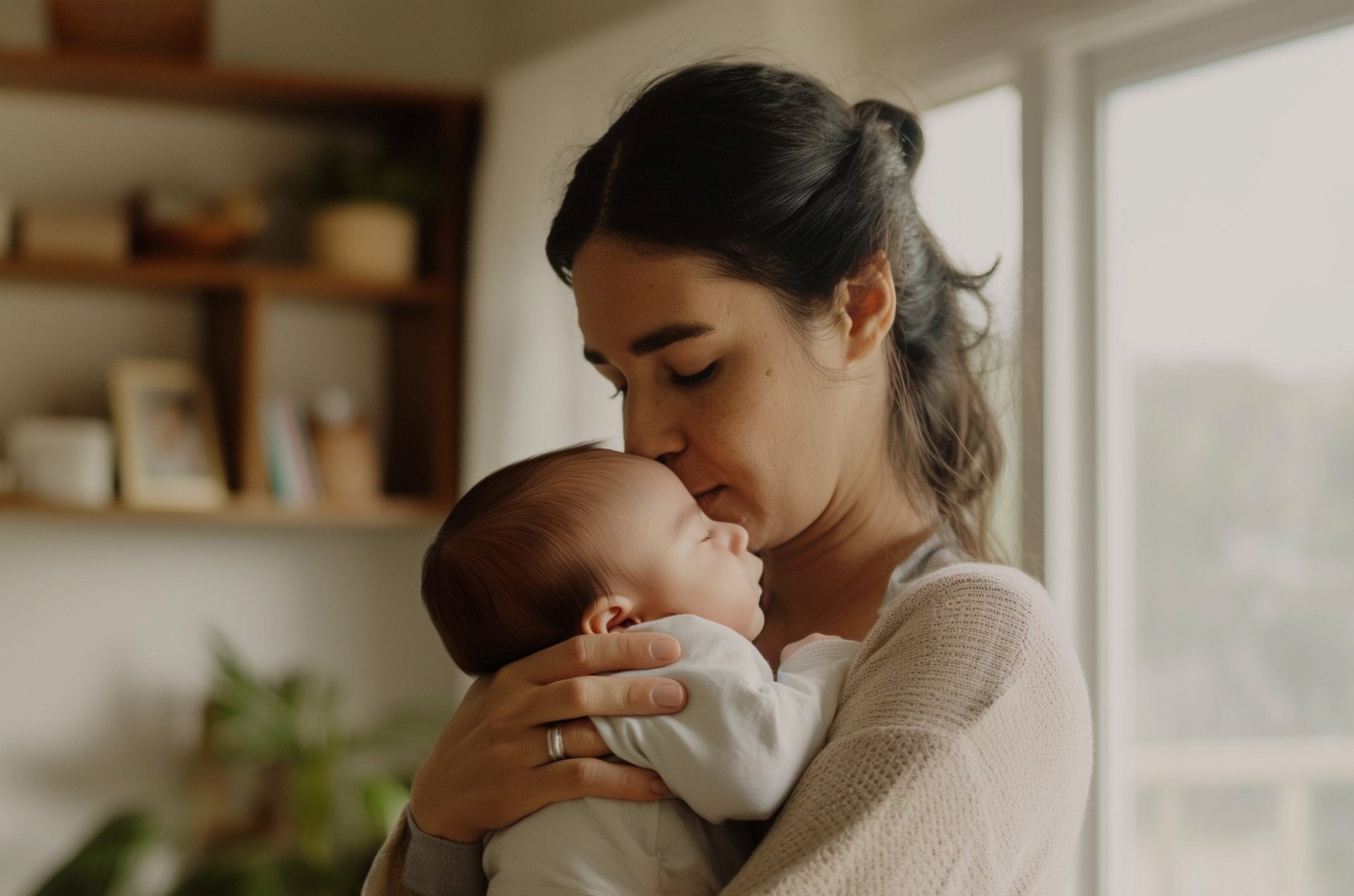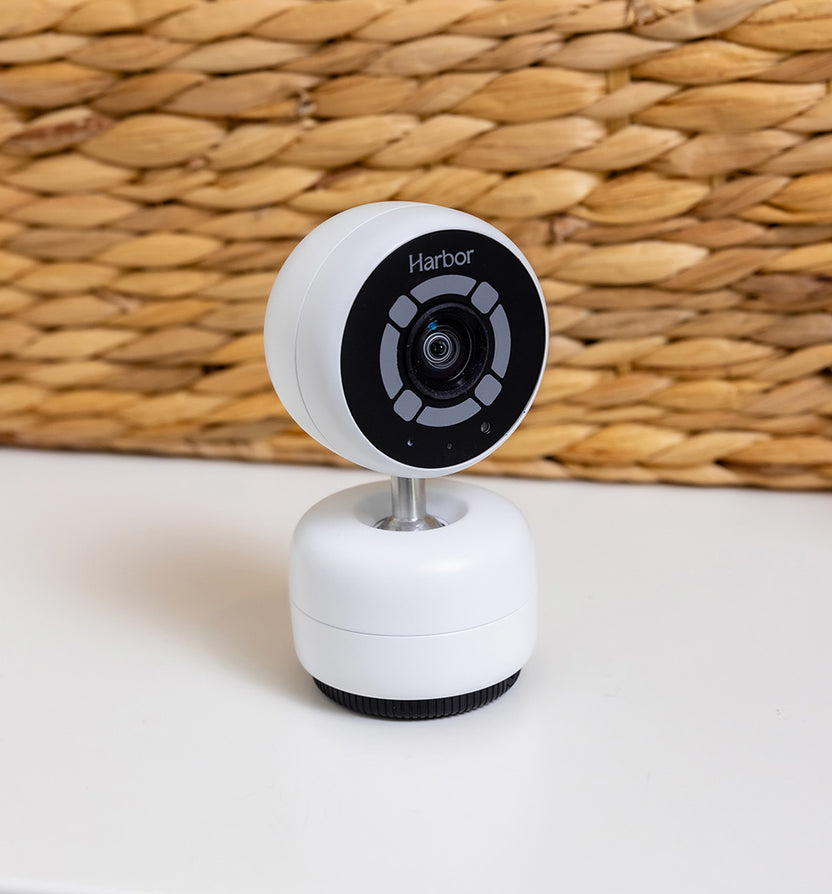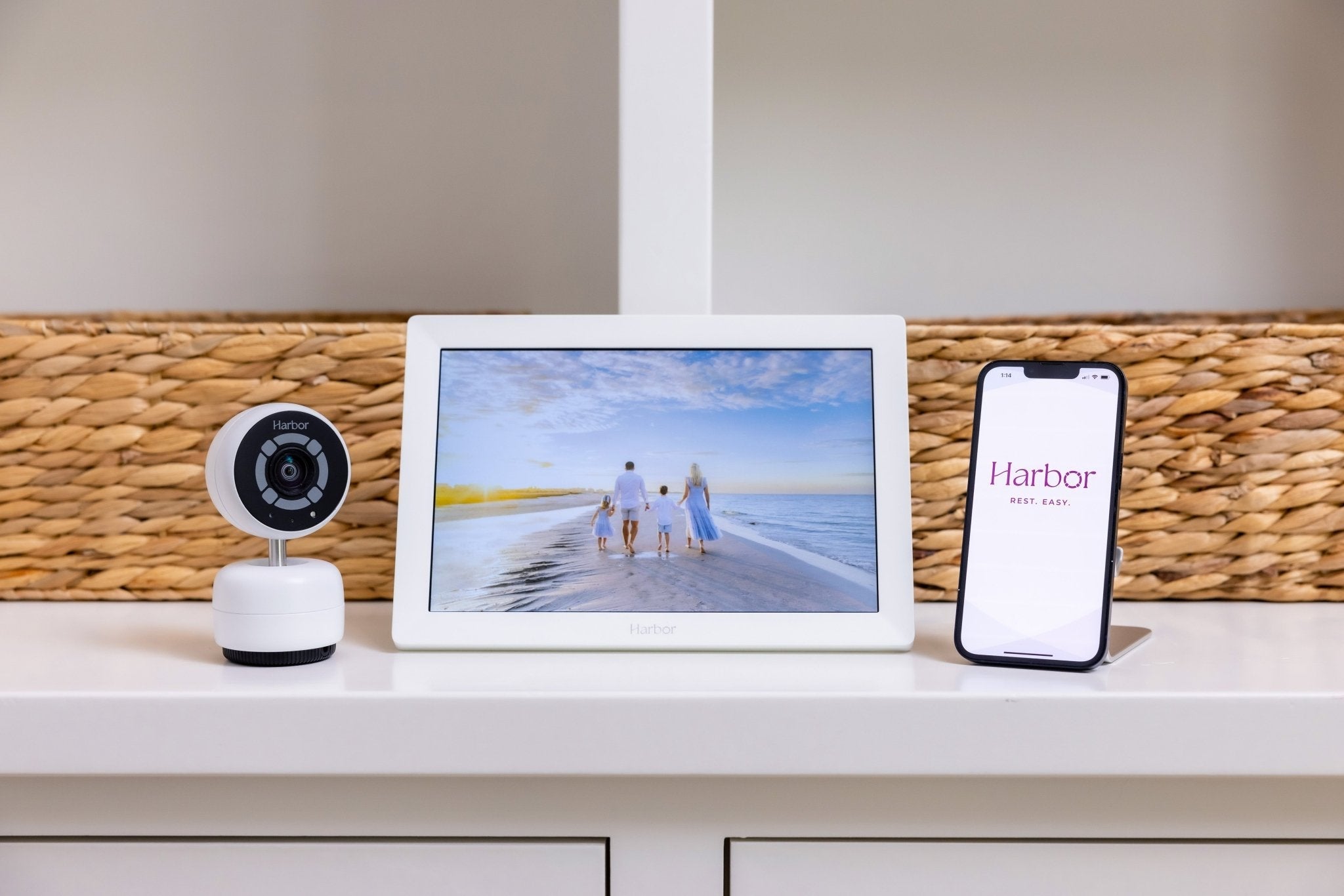
Postpartum anxiety is marked by overwhelming worries and fears during the first year after childbirth. It can be unexpected and distressing, like a dark cloud over what would otherwise be a joyful time.
Mindfulness and grounding techniques can help to ease anxiety as it pops up throughout the day. If your anxiety is interfering with your daily routine and ability to parent, however, talk to your doctor about treatment options. Working with a healthcare professional can help you to address your anxiety long-term and allow you to progress beyond the anxiety, for yourself and your family.
How to recognize postpartum anxiety
Postpartum anxiety can look like persistent worrying, physical tension (like unknowingly clenching your jaw or fists), irrational fears (particularly about the well-being of your child), sleep disturbances, changes in appetite, and frequent checking rituals (like constantly checking your baby monitor or if doors are locked).
Postpartum anxiety can interfere with daily life and relationships with those around you.
Navigating postpartum anxiety
Grounding techniques can provide relief during periods of anxiety, bringing you back to reality and allowing you to work through the task in front of you. Here are six grounding strategies for you to try:
- Practice mindfulness: Recognize when anxiety approaches. Be mindful of your thoughts and emotions. Try not to judge the anxiety—just notice and name it.
- Take deep breaths: Inhale deeply through your nose and exhale slowly, constricting your throat slightly to create an oceanic sound.
- Explore sensory awareness: Engaging in your senses by focusing on things you can see, smell, hear, and taste can draw you back into your body.
- Seek physical comfort: Touch or hold objects with different textures to ground yourself. This can look like rubbing your hands over a soft blanket or fidgeting with a small object, taking time to notice its details.
- Try progressive relaxation: Take a few minutes to visualize each part of your body softening, from your toes up to your ankles and calves, all the way up to your head. Better yet, try this exercise lying down and tense each body part before allowing it to relax.
- Recite positive affirmations: If your anxiety is making you self-critical, affirmations can be helpful. Consider placing sticky notes on mirrors, in your kitchen, and in baby’s nursery to remind you of how strong and capable you are.
Your journey to peace
Grounding techniques can be a way to stop your anxiety in its tracks and bring you back to your present moment. While grounding is a helpful coping mechanism, it also takes practice. If your anxious thoughts are interfering with your ability to function as a parent, colleague, partner, or friend, contact your doctor. They’ll be able to recommend any next steps and strategies so you can get back to feeling your best and caring for both yourself and your little one.
----
References
- American Psychological Association. (2021). Diagnostic and Statistical Manual of Mental Disorders (DSM-5). American Psychiatric Publishing.
- Misri, S., & Swift, E. (2015). Generalized Anxiety Disorder and Major Depressive Disorder in Pregnant and Postpartum Women: Maternal Quality of Life and Treatment Outcomes. Journal of Obstetrics and Gynaecology Canada, 37(9), 798-803.
- American Psychological Association. (n.d.). Grounding Techniques. [https://www.apa.org/topics/grounding-techniques](https://www.apa.org/topics/grounding-techniques)
- Smith, M., Robinson, L., & Segal, J. (2021). Postpartum Depression and the Baby Blues. [https://www.helpguide.org/articles/depression/postpartum-depression-and-the-baby-blues.htm](https://www.helpguide.org/articles/depression/postpartum-depression-and-the-baby-blues.htm)
- National Institute of Mental Health. (2021). Perinatal Depression. [https://www.nimh.nih.gov/health/publications/perinatal-depression/index.shtml](https://www.nimh.nih.gov/health/publications/perinatal-depression/index.shtml)




